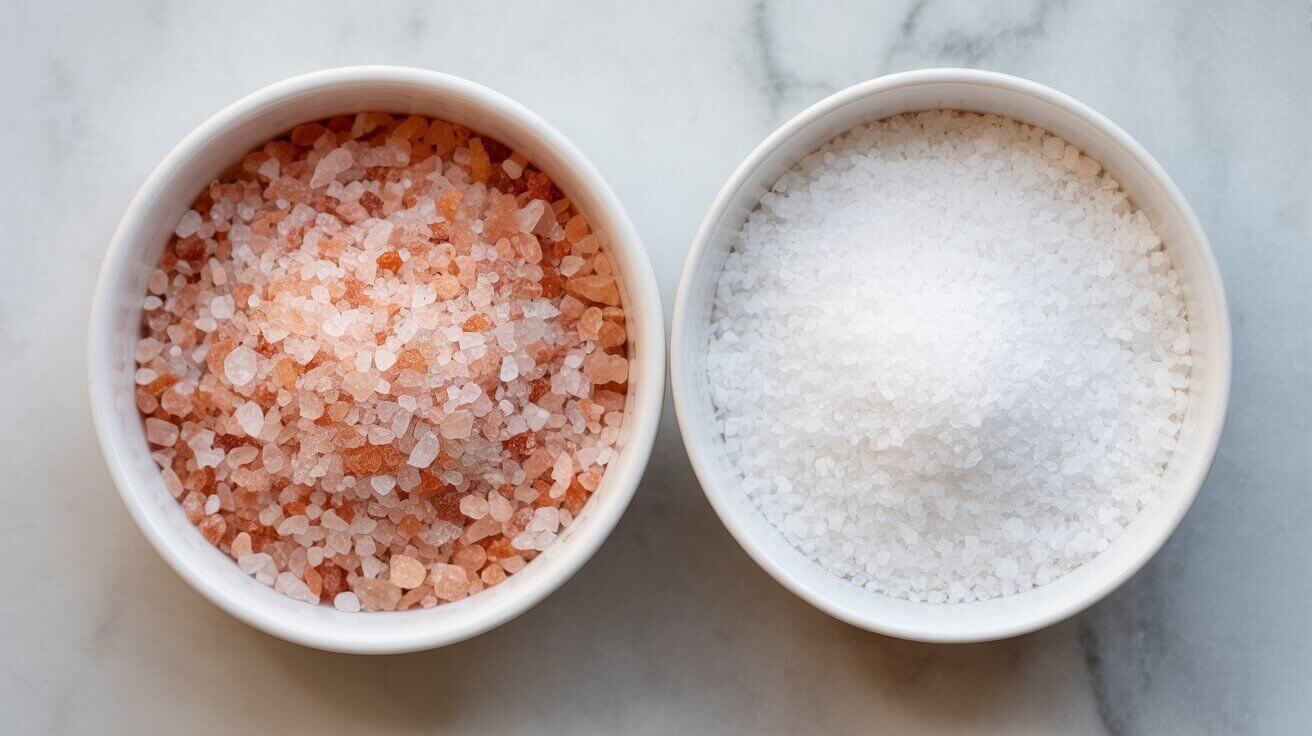Ever feel that staying healthy requires a full lifestyle overhaul? Good news: it doesn’t. Research shows that small, consistent changes compound into measurable benefits for your heart, brain, and metabolism (Bodai et al., 2018). Below you’ll find practical, evidence-based tweaks you can layer into everyday life — no boot camps or detoxes required. These tips are the foundation of a healthier routine that fits real life.
1. Upgrade Your Mornings in 10 Minutes
Hydrate first: Two cups of water after waking can jump-start metabolism and improve alertness.
Natural light: Open the curtains or step outside; morning light synchronizes your circadian rhythm, improving sleep quality later.
Protein-rich breakfast (or balanced coffee): If you drink coffee on an empty stomach, add a source of protein (Greek yogurt, almond butter toast) to blunt cortisol spikes.
Quick win: Keep a pre-filled water bottle on your nightstand; place shades half-open before bed for instant daylight.
These simple shifts help anchor your Healthier Routine from the moment you wake up.
2. Sneak Movement Into Idle Moments

| Situation | Micro-habit | Benefit |
|---|---|---|
| Waiting for the microwave | 10 body-weight squats | Activates large muscle groups, boosts glucose uptake |
| Work call on speaker | March in place or calf raises | Adds 300-400 steps per call |
| TV commercial break | 60-second plank hold | Core strength, posture support |
Evidence nugget: Just 3 minutes of light activity every half hour reduces post-meal blood-sugar spikes by up to 30 % (British Journal of Sports Medicine).
3. Master the 2-Minute Stress Reset
Box breathing (4-4-4-4) — inhale, hold, exhale, hold for 4 seconds each.
Progressive muscle squeeze — tense & release shoulders, fists, calves.
Name-to-tame — silently label the emotion (“I’m anxious about…”) to lower amygdala reactivity.
Carry a sticky note with these steps on your laptop; use before presentations or bedtime rumination.
4. Rewire Your Eating Environment for a Healthier Routine

- Use 9-inch plates: people serve ≈ 22 % less food compared with 12-inch plates (Cornell Food Lab).
- Batch-cut produce on Sunday: wash, slice and store veggies in clear containers at eye level; visibility increases consumption of fruit & veg by up to 46 % (Int. J. Behav. Nutr. 2022).
- Follow the “outer ring” rule at grocery stores — fresh foods first, processed later.
Pro tip: shop after a protein-rich snack to curb impulse buys. - Color matters: serve salads or vegetables on green or blue plates; studies show high-contrast colors make healthy portions look more appealing while dulling dessert appeal.
- Pre-portion snacks: divide nuts, Greek yogurt or dark-chocolate squares into single-serve jars; research suggests pre-portioned foods cut unplanned calories by 15-20 %.
- Healthy-default fridge: place a jug of chilled water with lemon or cucumber at the front row; hydration cues reduce sugary-drink intake during the week.
- Stock “grab-and-go” proteins: hard-boiled eggs, hummus cups, canned tuna. Easy protein within arm’s reach correlates with higher satiety and fewer late-night cravings.
- Label for success: add a sticky note that reads “Protein + Produce” on the refrigerator door as a priming cue when you’re tired or stressed.
Evidence nugget: simply keeping fruit in a visible bowl on the counter is linked to a lower BMI compared with keeping cereal or soda visible.
5. Protect Your Sleep Like an Appointment
- Keep a fixed wake-up time (even weekends).
- Digital sunset: dim screens or enable Night Shift 90 min before bed.
- Cool & dark: bedroom 65-67 °F (18-19 °C) with blackout shades.
- Caffeine cut-off: no later than 2 p.m.; half-life is ≈ 5 hours.
Consistent 7-8 hours of quality sleep lowers risk of hypertension by 38 % and type-2 diabetes by 28 % (American Heart Association).
6. Build an Accountability Loop
- Habit stacking: pair a new action with an existing routine (take vitamin D right after brushing teeth).
- Two-person check-in: share weekly goals with a friend; MIT data show public commitment doubles adherence.
- Track one metric: choose steps, resting heart rate or sleep duration — not all at once.
These structures help your Healthier Routine stick long-term.
7. When to Seek Professional Guidance
If you notice persistent fatigue, unexplained weight change, or dizziness on standing, schedule a check-up. A clinician can rule out anemia, thyroid issues, blood-pressure abnormalities or dehydration.
Conclusion

Creating a healthier routine is less about willpower and more about smart design. Anchor these micro-habits to moments that already happen daily — waking up, waiting, winding down — and they’ll become automatic. Bookmark this guide, share it with a friend, and remember: incremental action beats perfect intention every time.
Your body is constantly sending you signals about your health and well-being. Learning to recognize these signs can help you take better care of yourself, prevent illness, and feel your best.
👉 Want to go deeper? Check out our guide on 7 Essential Body Signals You Should Never Ignore.
Medical Disclaimer: This content is for educational purposes only and does not replace professional medical advice, diagnosis, or treatment. Always consult your physician or a qualified healthcare provider with any questions about a medical condition.









